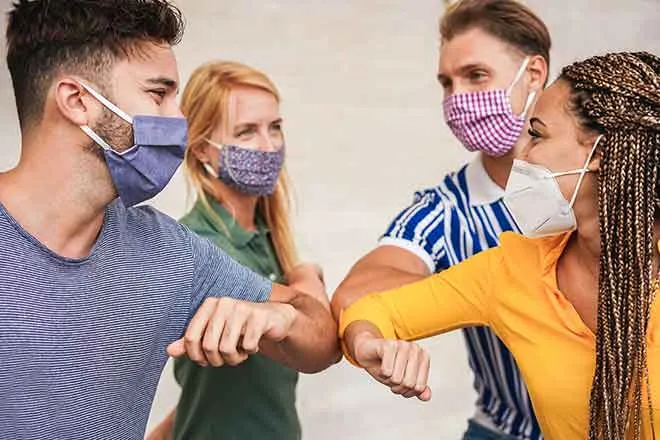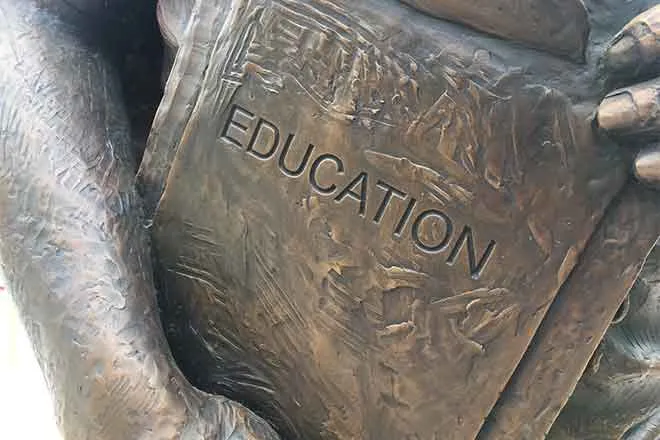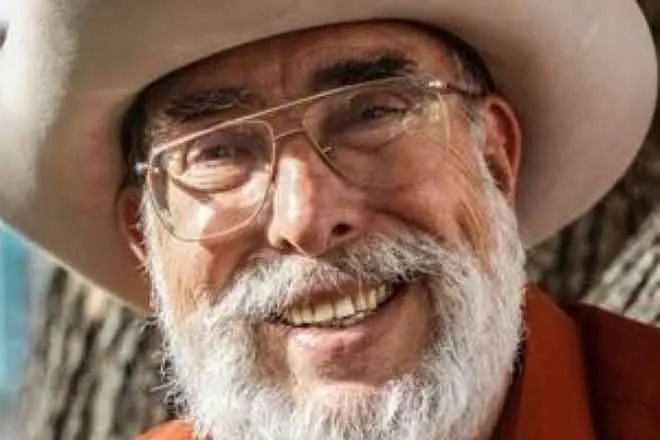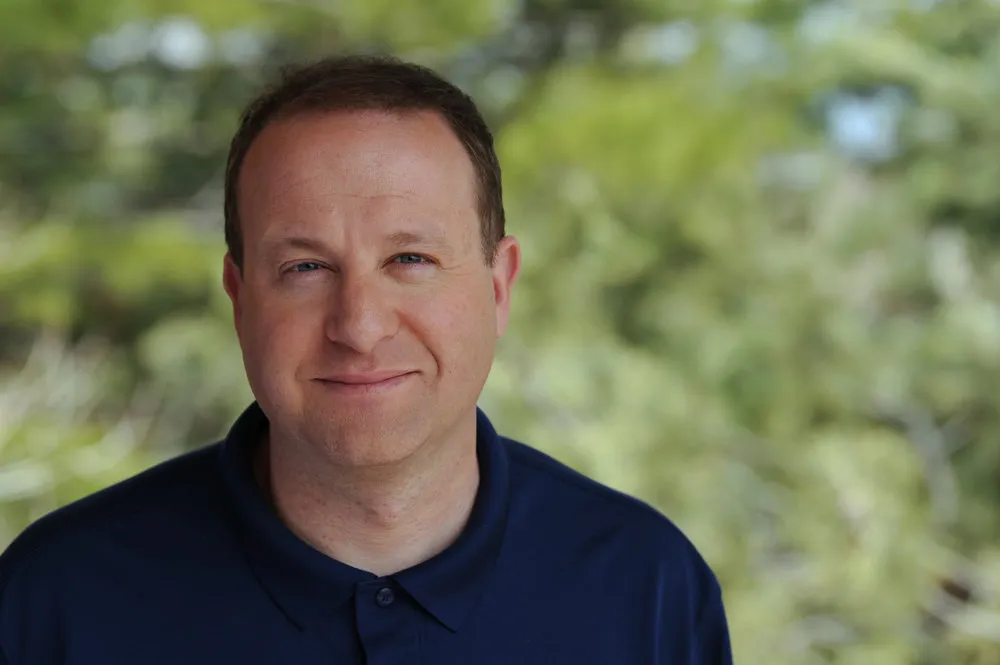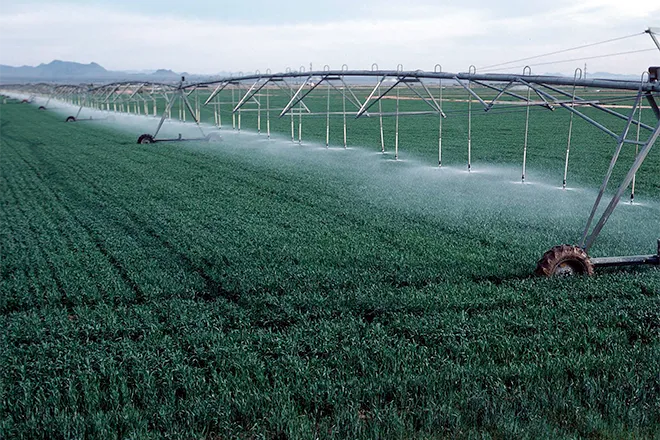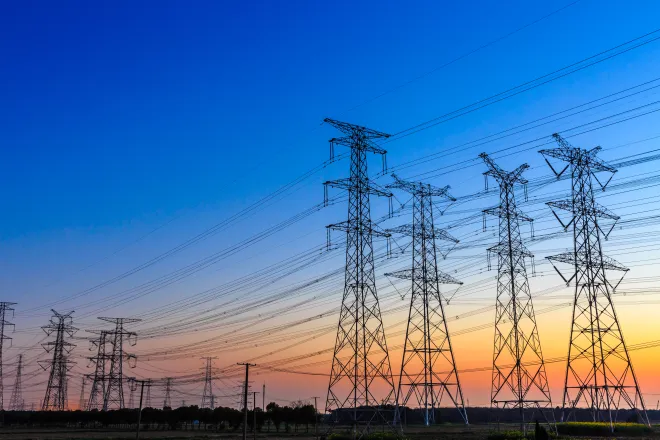
Nutrition takes a seat at the doctor's office in underserved North Dakota areas
Click play to listen to this article.
(Prairie News Service) September is Hunger Action Month. In North Dakota, it isn't just food banks trying to help underserved populations get nutritious items. Health facilities at the community level are chipping in, too. Community Health Centers are federally qualified clinics that provide primary care to all patients, regardless of their insurance status or ability to pay.
Shannon Bacon, director of equity and external affairs with Community HealthCare Association of the Dakotas, said since 2021, locations in this region have elevated patient screening to get a better understanding of their needs, including whether they have enough healthy food to eat.
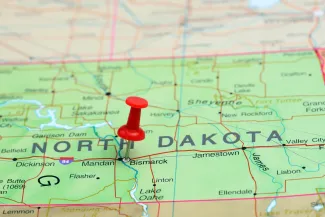
"One example, they could ask, you know, in the past 12 months, were they ever worried about whether their food would run out before they had money to buy more?" she said.
She added that type of dialogue with a trusted health provider can help reduce any stigma about hunger and suggested this broader approach to meeting patient needs can help lead to better outcomes for these patients. Through a partnership with the Great Plains Food Bank, some Community Health Centers in North Dakota have onsite pantries, where patients who screen positive for food insecurity are sent home with fruits, vegetables and other healthy items.
Bacon said during these screenings, people also can be referred to the federal Supplemental Nutrition Assistance Program, or SNAP benefits, and added that there's an awareness gap in which some patients who meet the criteria don't know where to turn in their community.
"One health center found that a large majority of the patients who said, 'Yes, I am interested in getting connected with food and nutrition resources today,' also said they hadn't visited a pantry in the last year," she continued.
She said asking these questions during a wellness visit can help communities better support individuals who are falling through the cracks in the local safety net.

